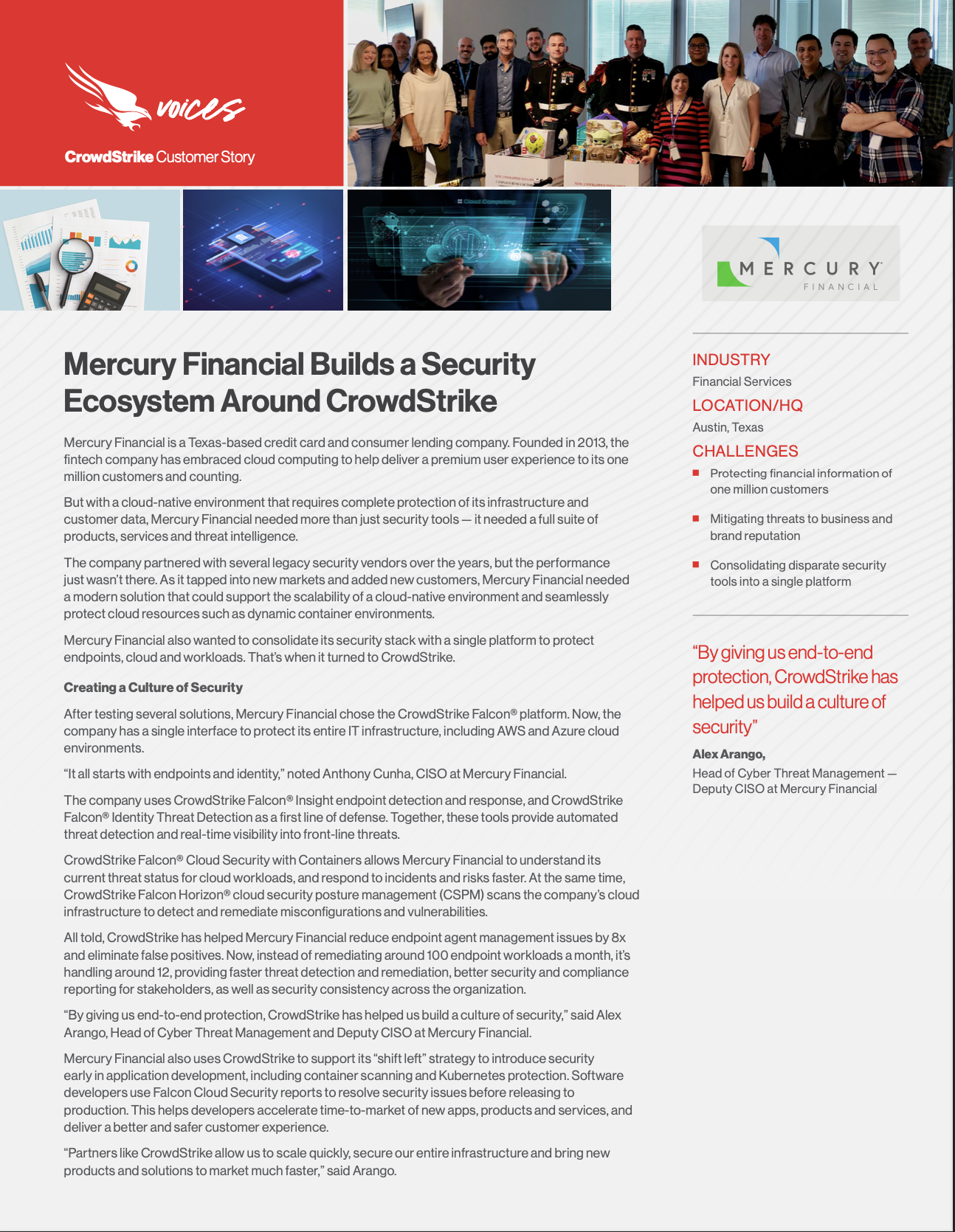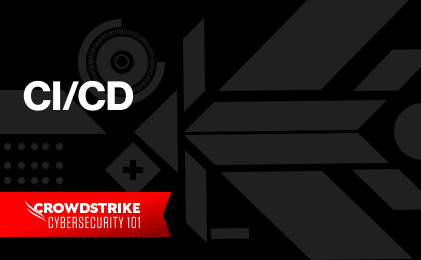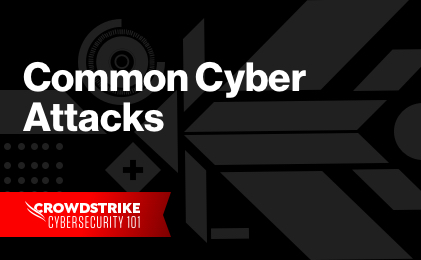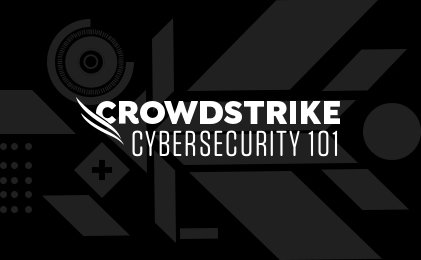What Is Cloud Native?
Cloud native entails an optimized approach to building and deploying applications in a cloud computing environment. It gives developers a set of technologies, practices, and principles that let them create highly scalable, resilient, and portable applications that can be easily deployed and managed in the cloud.
The core of being cloud native is designing platform-agnostic apps that can run on any cloud infrastructure. To achieve a cloud-native architecture, you need to implement several technologies and management tools, discussed below.
Containerization
Containerization entails packaging each application or component of the application into an independent container. Containers provide a lightweight and portable way of encapsulating an application and its dependencies, making it easier to move the app between different environments and infrastructures.
Microservices
You will also need to break down applications into self-contained components or services that can be developed, deployed, and scaled individually. Each microservice performs a specific function within the application and communicates with other microservices using lightweight APIs.
Declarative APIs
Declarative APIs allow developers to define the desired state of an application rather than the specific steps needed to achieve that state. This makes it easier to manage and automate the deployment and scaling of applications since you can configure the infrastructure based on the desired state rather than individual actions.
Infrastructure as Code (IaC)
Managing and maintaining your infrastructure via code is simply easier; it also ensures consistency and reproducibility. So make sure to implement IaC to manage and automate the deployment and configuration of your resources, e.g., servers, networks, and storage.
DevOps
DevOps focuses on the importance of collaboration between your development and operations teams, along with automation to speed up the development and delivery process. It promotes a culture and set of practices that integrate the development, testing, and deployment of software applications.
Why Is Cloud Native Important?
The rise of cloud computing has fundamentally changed how we think about software development and deployment. In the past, apps were typically built and deployed on dedicated hardware infrastructure that was expensive and difficult to scale. This often led to lengthy development cycles, high costs, and limited flexibility.
Cloud computing has changed all of this. By leveraging the power of the cloud, organizations can now build and deploy applications faster and more efficiently than ever before.
Cloud native takes this a step further by providing a set of specially developed practices and technologies designed to take advantage of the particular advantages of the cloud.

Customer Story: Mercury Financial
Mercury Financial is a Texas-based credit card and consumer lending company operating in a cloud-native environment. Learn how CrowdStrike helped build a culture of security with a full suite of products, services, and threat intelligence on a consolidated cybersecurity platform.
Download NowBenefits of Cloud Native
Employing a cloud native strategy bring the following benefits:
- Scalability: Microservices architecture and automated scaling and management tools allow applications today to handle considerable volumes of user requests and other traffic without compromising performance or reliability.
- Portability: Platform-agnostic apps can run on any cloud infrastructure, so moving applications between different environments and infrastructure is painless; they also reduce vendor lock-in.
- Resilience: Cloud-native applications can continue operating despite hardware or software failures. Containerization, along with automated failover and recovery mechanisms, create resilient infrastructure.
- Efficiency: Automation and optimization tools, such as autoscaling and load balancing, maximize available resources and reduce costs.
- Speed: The development and deployment cycle in cloud native is rapid, which means organizations can respond more quickly to a changing market or customer demands.
Securing Your Cloud-Native Infrastructure
As seen above, cloud native offers many benefits. However, it also introduces new security challenges that organizations need to address.
Below, we list some common security problems you’ll face in a cloud-native infrastructure:
- Vulnerabilities: Attackers can exploit vulnerabilities within container images to gain unauthorized access.
- Insecure APIs: Cloud-native infrastructure relies on APIs for communication between different components. Attackers can exploit insecure APIs to gain access to sensitive data and systems.
- Lack of Visibility: With many containers and microservices, maintaining visibility into the security of your entire cloud-native environment can be difficult.
- Misconfigurations: Misconfigurations of your cloud-native infrastructure can lead to numerous security vulnerabilities and, consequently, cyberattacks and data loss.
- Insider Threats: Insider threats include employees who have access to sensitive data and systems and who thus pose a significant security risk.
- Data Breaches: Cloud environments can store a large amount of sensitive data, which can be at risk due to a variety of factors, including some already listed (e.g., misconfigurations, insecure APIs, and container image vulnerabilities).
- Compliance and Regulatory Issues: Organizations must comply with various cloud industry standards and regulations; this can be challenging to achieve without proper security controls in place.
Expert Tip
To address these security problems in cloud-native infrastructure, you need to implement controls such as secure container image scanning, secure APIs, access controls, and logging and monitoring.
A Cloud Native Application Protection Platform (CNAPP) is a cloud-native security solution that provides comprehensive protection against a wide range of threats for cloud workloads, containers, and Kubernetes environments. Its key features include:
- Real-Time Visibility: Provides real-time visibility into cloud workloads, containers, and Kubernetes environments, allowing you to detect and respond to threats fast
- Automated Threat Detection: Identifies and responds to threats automatically via advanced machine learning algorithms and behavioral analytics
- Compliance and Governance: Helps you achieve compliance with various industry standards and regulations, such as PCI-DSS, HIPAA, and GDPR
- Cloud Workload Protection: Protects cloud workloads by securing operating systems, applications, and data; provides runtime protection against attacks
- Container Security: Secures containers by providing real-time visibility, container image scanning, and runtime protection
- Kubernetes Security: Enforces a secure Kubernetes environment by providing real-time visibility, policy enforcement, and runtime protection
Learn More
Read our comprehensive guide with 12 best practices to keep your Kubernetes environment secure from vulnerabilities. Kubernetes Security Guide: 12 Best Practices
CrowdStrike’s Approach
As discussed, cloud native is a set of principles and practices designed to enable the development and deployment of applications in a cloud computing environment. By adopting a cloud-native approach, organizations can fully leverage the benefits of cloud computing — improved agility, scalability, and cost-efficiency. Additional advantages include the ability to develop and deploy applications faster, reduce downtime, and improve overall reliability and performance.
Building a cloud-native application involves a number of steps, including containerization, microservices architecture, declarative APIs, automation, and a cloud-agnostic design.
Organizations must embrace a DevOps culture emphasizing collaboration and communication between developers and operations teams to successfully adopt cloud native and get the most out of the approach.
Learn how to better secure your cloud-native applications with the world’s most comprehensive cloud-native detection and response, CrowdStrike Falcon® Cloud Security.
Learn More
Schedule a free CrowdStrike Cloud Security Health Check to get customized insights in your cloud native applications. Free CrowdStrike Cloud Security Health Check


